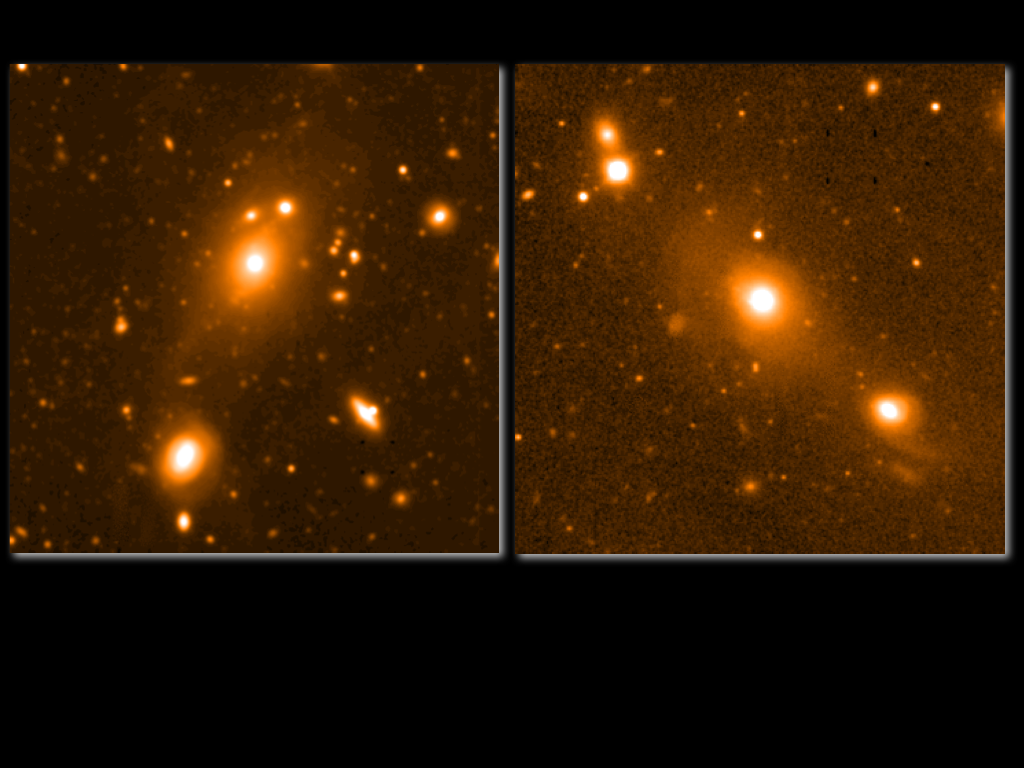Daily Image
24-09-2010Galactic collisions fuel the most powerful objects in the Universe
| Submitter: | Raffaella Morganti |
| Description: | Quasars are found at the centres of galaxies, and generate a power equivalent to trillions of suns from a space smaller than our Solar System. It is thought that quasars occur when supermassive black holes at the centres of galaxies accrete gas from their surroundings. Yet, supermassive black holes are known to exist in the centres of most galaxies, including our own, and it has been a mystery as to why, and how, some generate extraordinary power in the form of quasars, but most do not. A subset of quasars eject exquisite jets of particles moving at close to the speed of light that are like the cosmic equivalents of water spouts or geysers. Since these jets emit most of their radiation at radio wavelengths, the galaxies hosting such quasars are known as radio galaxies. A study led by Cristina Ramos Almeida of the University of Sheffield, and including Raffaella Morganti as co-investigator, has used the 8 metre Gemini South Telescope located high in the Andes, Chile, to obtain images of a large sample of radio galaxies. The images (two examples are shown above) show that 90% of these radio galaxies have peculiar features including tails, bridges, dust lanes, multiple nuclei and shells. Such features are characteristic of mergers or close encounters between galaxies. In contrast, they are found in only 10% of “normal” inactive, non-radio galaxies observed with the same sensitivity. The high rate of detection of the signs of cosmic collisions in the overwhelming majority of radio galaxies suggests that quasars are fuelled by the gas flows associated with such collisions. Since cosmic collisions are one of the main ways in which galaxies grow and evolve, quasars are likely to mark the sites of particularly rapid evolution of galaxies. These results are now published in an article titled ‘The optical morphologies of the 2Jy sample of radio galaxies: evidence for galaxy interactions’: C. Ramos Almeida et al., in the Monthly Notices of the Royal Astronomical Society (MNRAS; see http://de.arxiv.org/abs/1008.2683 ). A press release about the results of this study has also been issued by the University of Sheffield. |
| Copyright: | Cristina Ramos Almeida et al. |
| Tweet |  |
